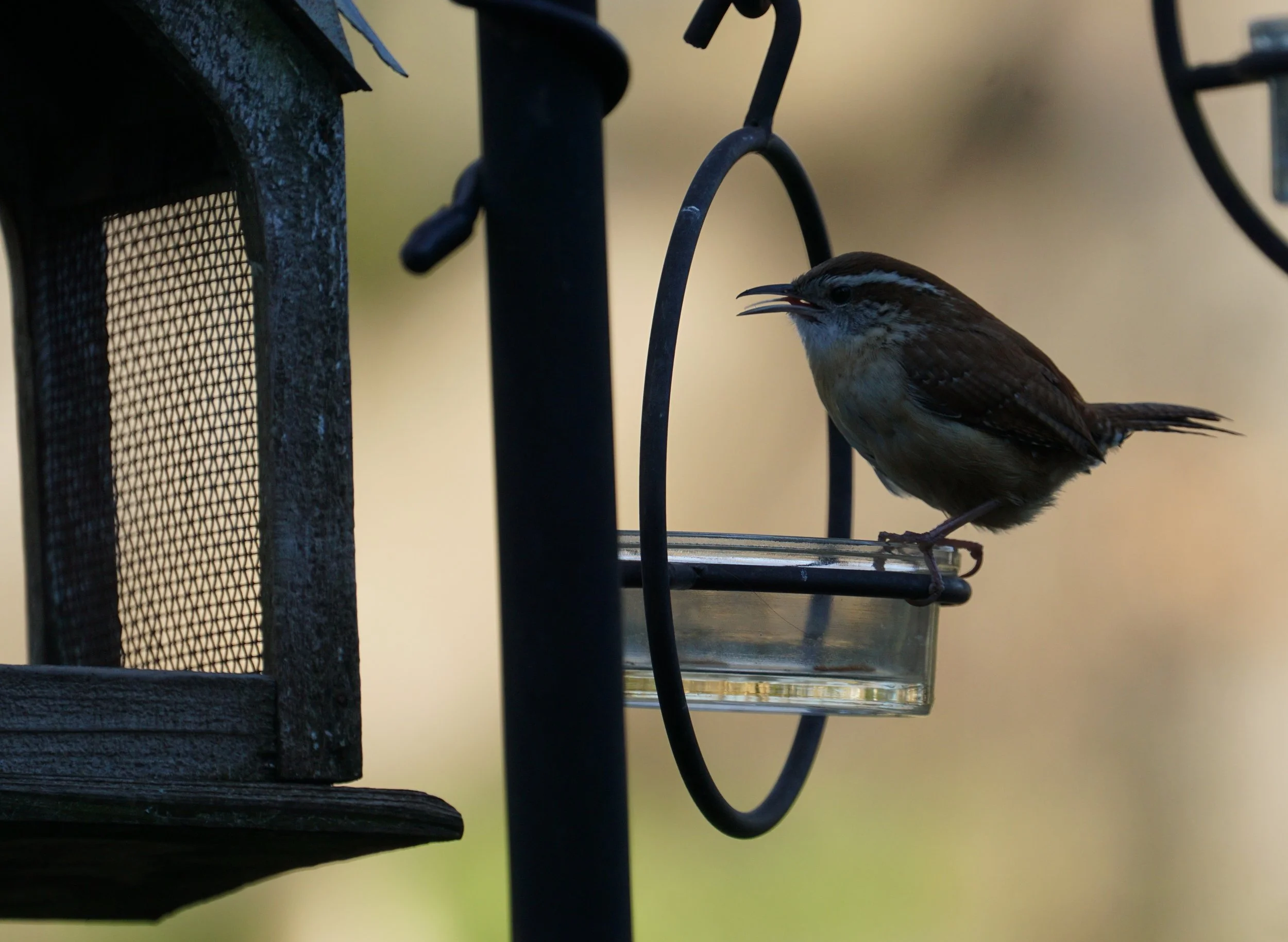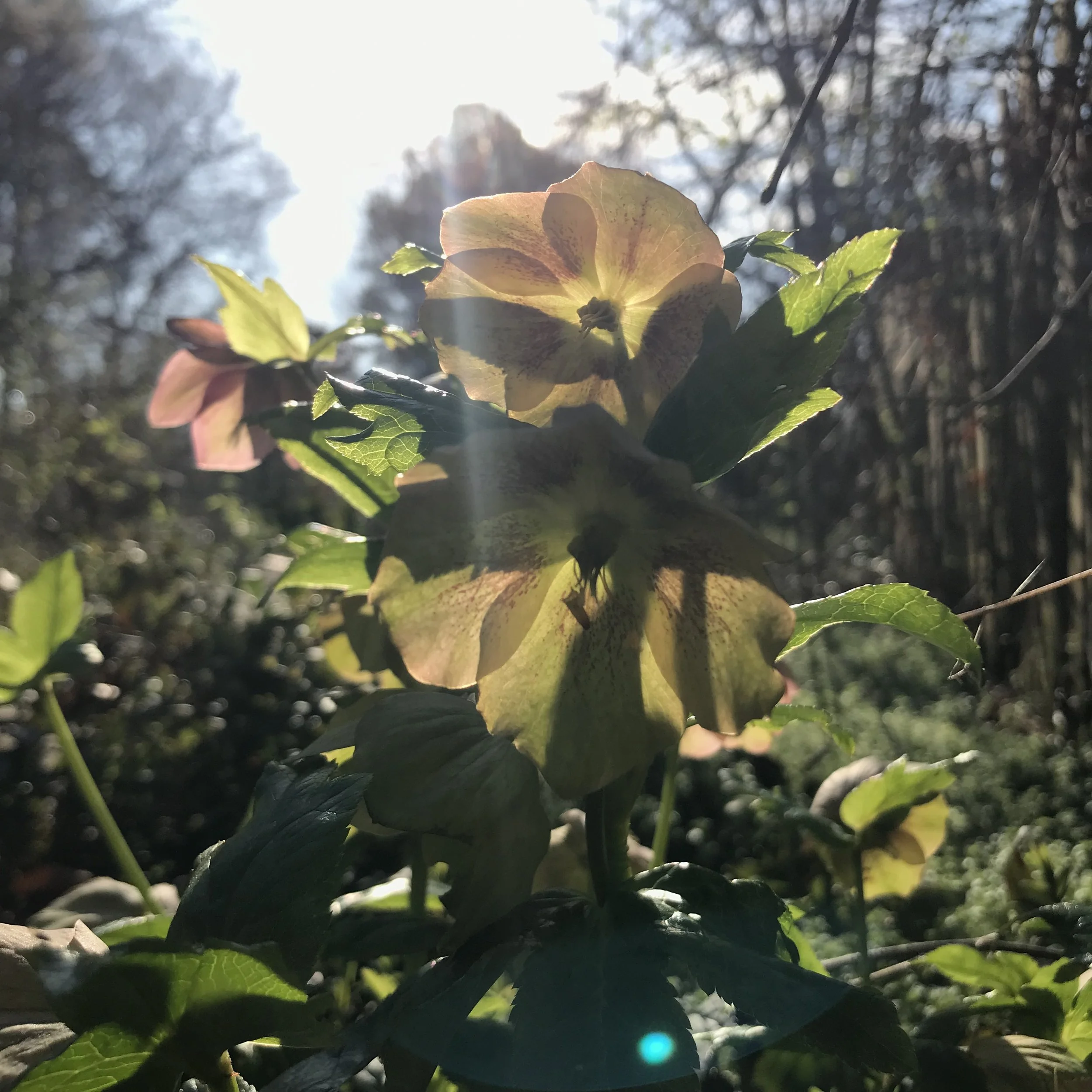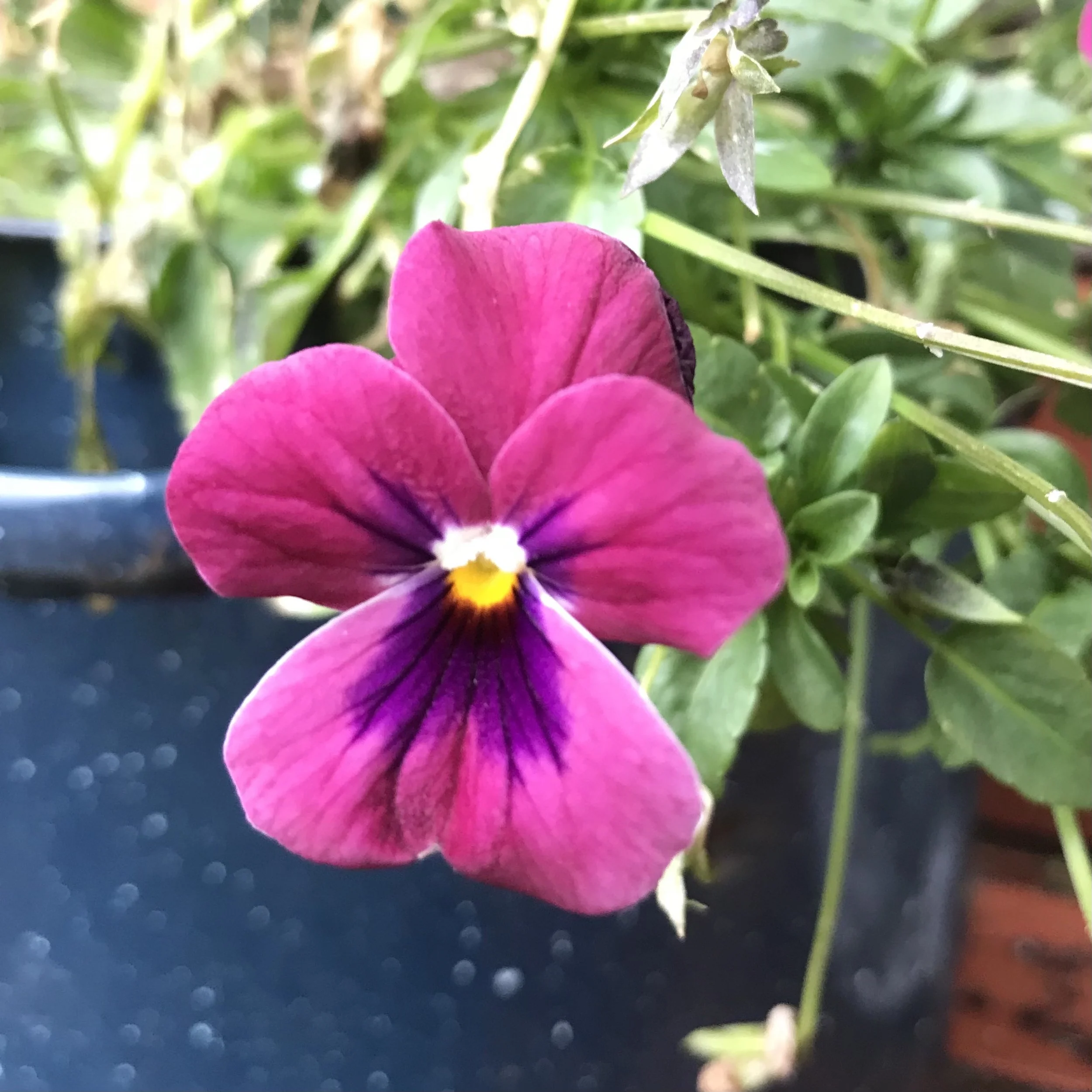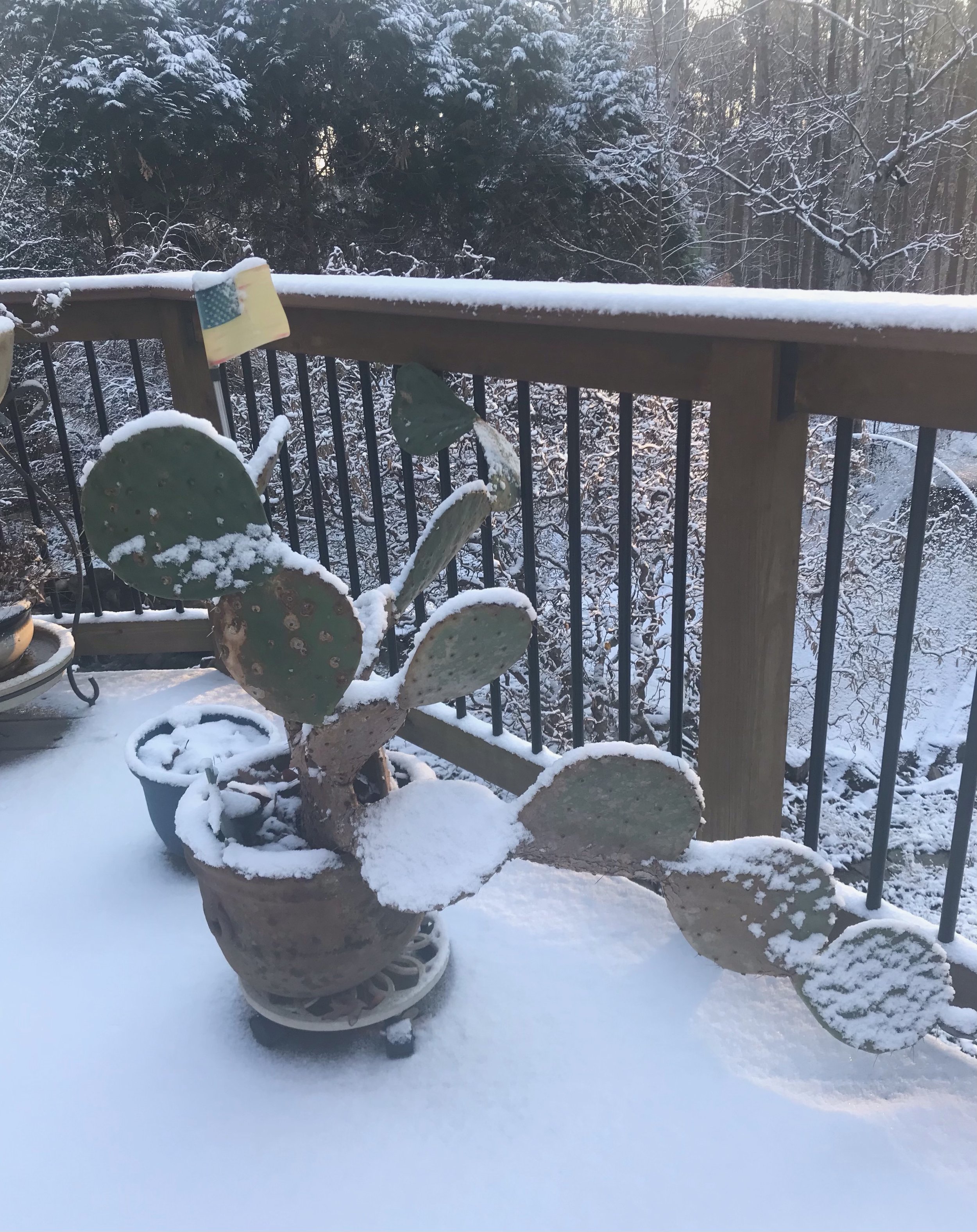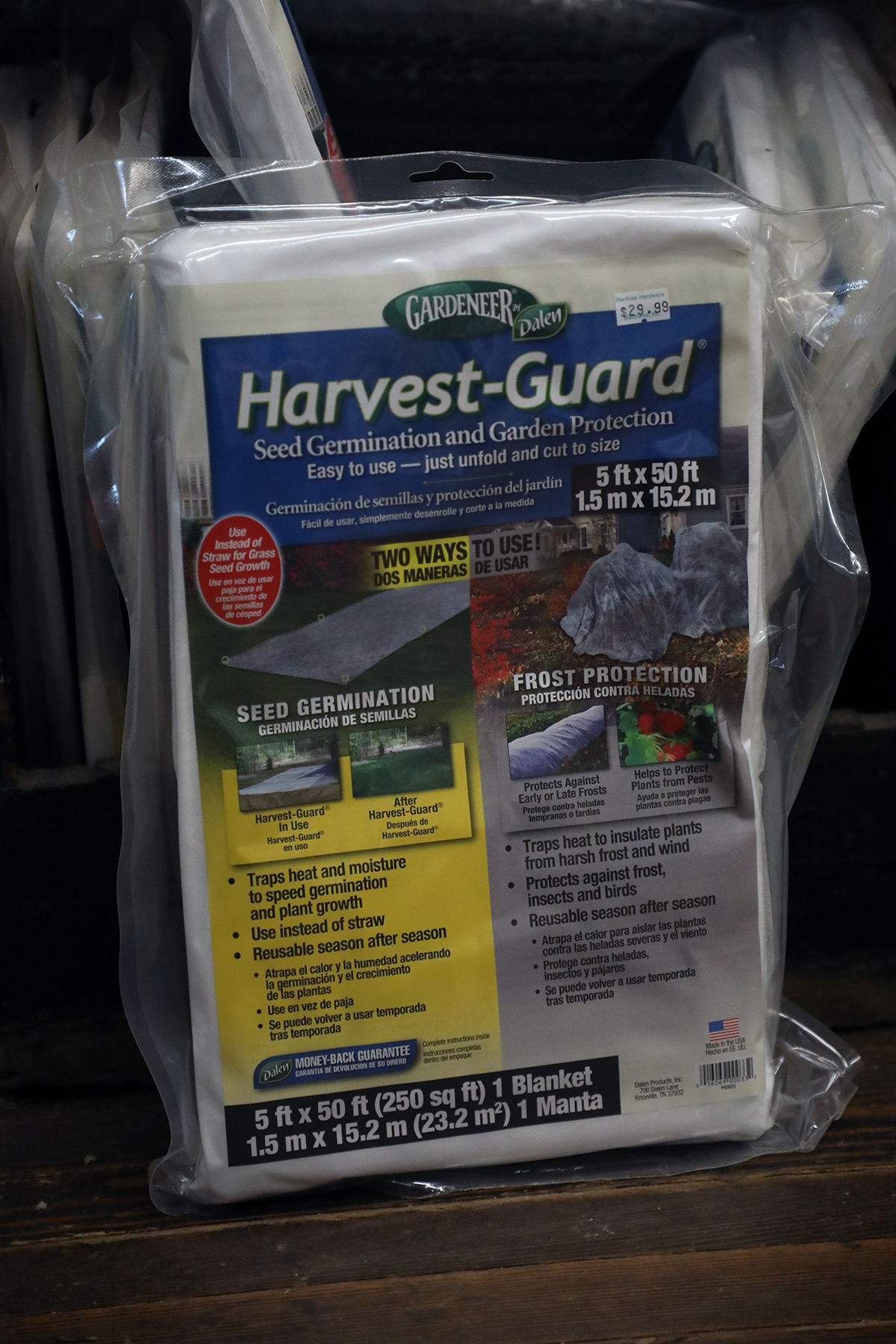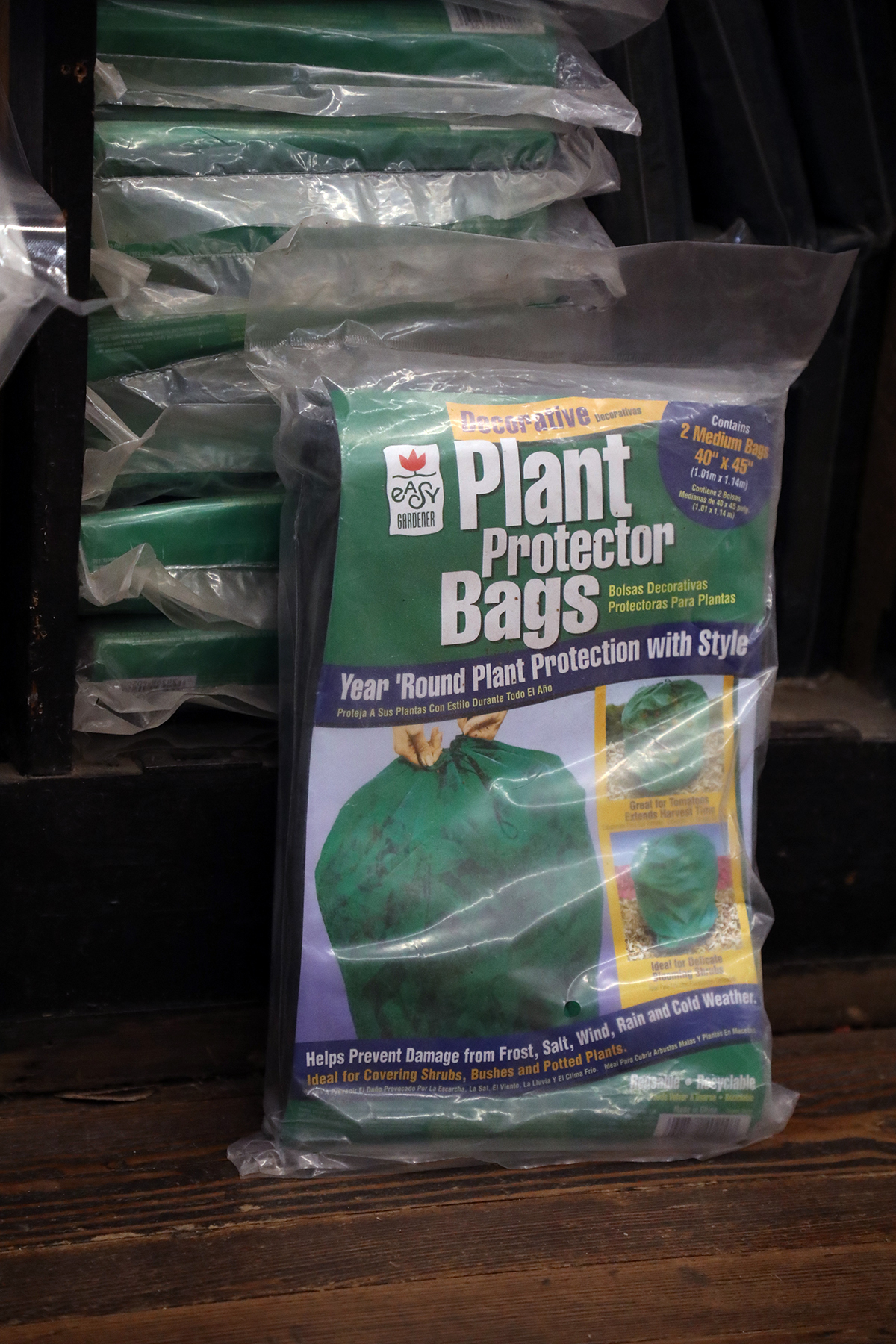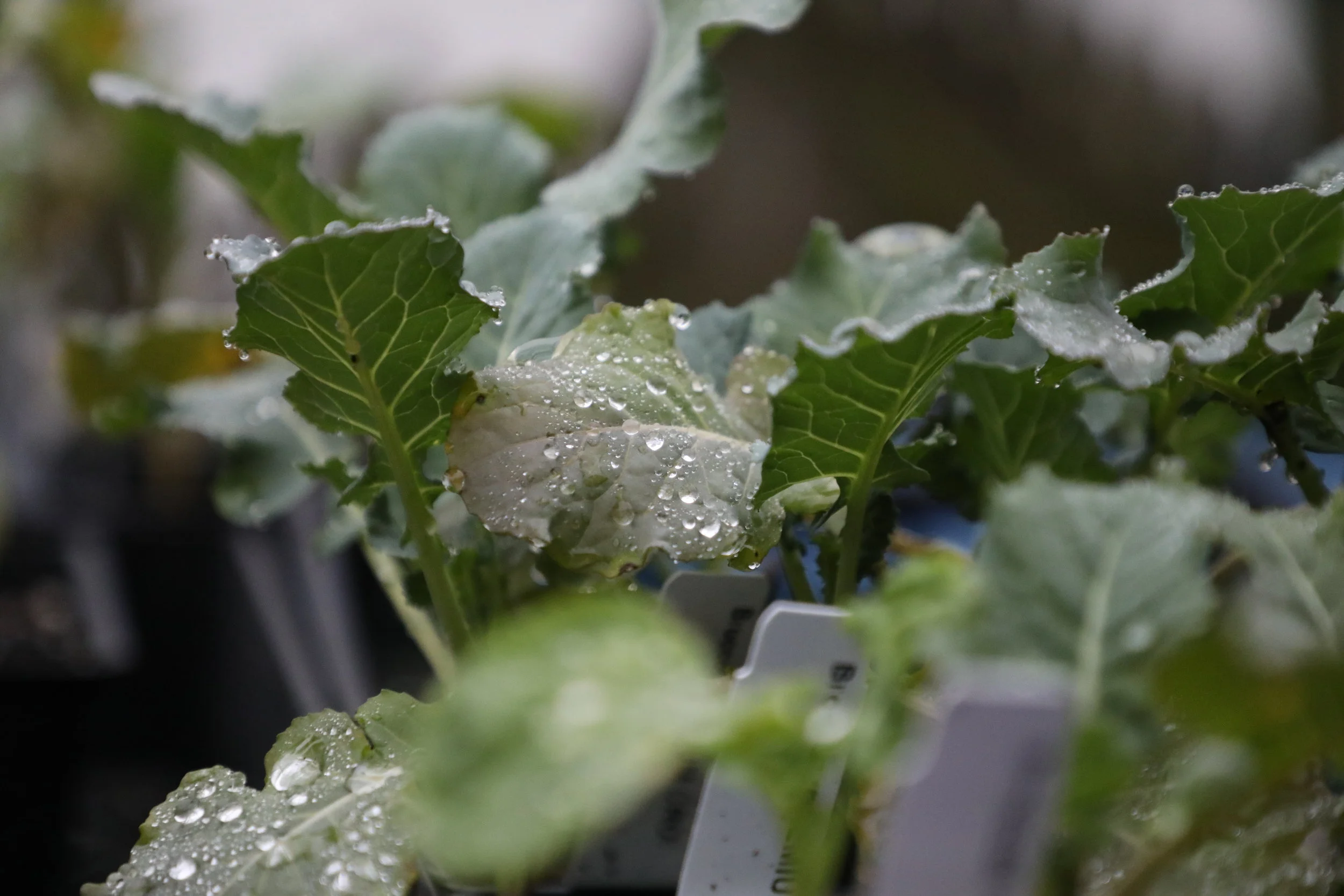News About Town: The Great Easter Egg Expedition begins this Friday, April 5, and runs through Sunday, April 21. In the past the Town has hosted an egg hunt at Stumptown Park, but this year they’re going bigger and better by hiding several thousand eggs throughout town parks (Stumptown, Squirrel Lake, Windsor, and Sardis Parks) and Four-Mile Creek Greenway (between John Street and Chesney Glen). The eggs will contain toys and the chance to win bigger prizes if you find a Golden Egg. Consider it a town-wide game of Gamete-mon Go!

News Around Town: Angelica Figueroa, a certified financial coach with Sharonview Credit Union, will be on hand this Wednesday at the Matthews Library to talk about planning your financial future. The class, Money Smart Week: Steps to Financial Freedom, will be from 6:30 p.m. to 7:30 p.m. in the Community Room.
One Good Thing: Even though the weather has been nice, we’re not out of the woods with frost yet. There are a couple of days calling for low 30s in the evenings (like last night). If you’ve already caved and started your summer annual crops…let’s be honest, tomatoes are super tempting to plant right now…make sure you have a method to protect them from the kiss of cold.

